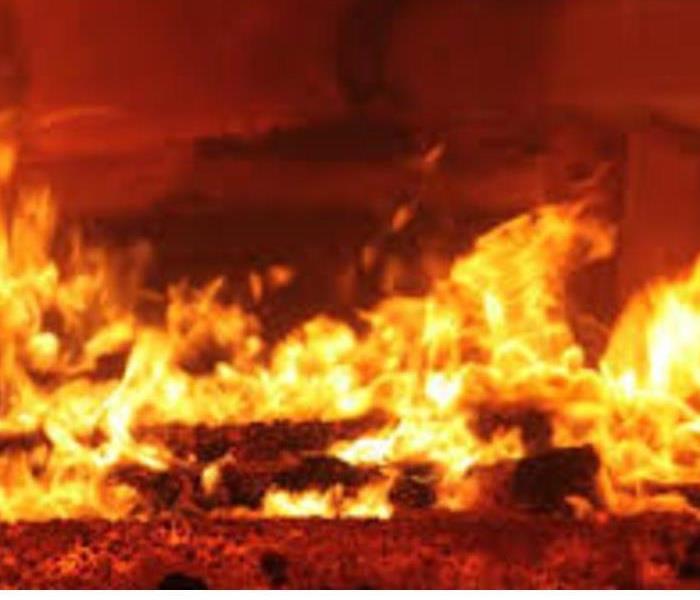Prevent Spontaneous Combustion Fires in Your Building
9/2/2022 (Permalink)
What is Spontaneous Combustion?
Most people experience combustion on a daily basis, especially in the winter. Combustion, which is a process that combines fuel with oxygen to produce heat and light, is the way natural gas- and oil-fired furnaces heat your home. It’s the way most water heaters work, as well.
However, spontaneous combustion is when combustion occurs without an apparent ignition source. Seeming to have sprung up spontaneously, fires resulting from spontaneous combustion are often the result of long-term chemical reactions. For instance, phosphorus self-ignites at room temperature without any heat applied.
What is a Chemical Reaction?
Spontaneous combustion is a chemical reaction, which occurs when bonds between molecules are formed or broken. These bonds come in various forms; generally, the more closely each molecule’s electron shell overlaps, the stronger the bond is.
Chemical reactions most often result from the introduction of heat, radiation or other chemicals. These disturb the equilibrium and cause breakage and formation of the existing chemical bonds.
Spontaneous Combustion, Chemical Reactions and Fire
The results of chemical reactions that occur during spontaneous combustion are light and heat. Assuming a fuel is present, the heat is often enough to start a fire. Consider these examples:
- Spontaneous coal combustion: Coal can spontaneously combust if there’s enough oxygen available and the heat produced by the coal is not dissipated fast enough. The vicious cycle causes thermal runaway and a fire starts.
- Spontaneous hay combustion: It seems counter intuitive, but hay is more likely to spontaneously combust if it becomes too wet. Wet hay stimulates microbe growth. As the microbes grow, they produce heat that dries out the surrounding hay. When the hay reaches about 150 degrees, heat-resistant bacteria start a chemical reaction that rapidly increases the temperature until the hay lights on fire.
- Spontaneous linseed oil combustion: A common wood protector and tool cleaner, linseed oil is often used to soak rags to make the application easier. However, linseed oil evaporates very quickly, causing an increase in exothermic reach. When the accumulating heat exceeds the rate of heat dissipation, the temperature increases more rapidly and may become hot enough to make a linseed oil-soaked rag spontaneously combust.
- Spontaneous combustion of decomposing material: Instances of bread spontaneously combusting have been reported in warm climates when large piles of festering bread sodden with water are stored in places with atmospheric humidity higher than 40 percent. Other decomposing materials can spontaneously combust as well. Fireplace ashes, discarded matches, cigarette butts, used rags and yard waste can all spontaneously combust if placed in an area with limited air movement. Heat produced from the decomposition process can’t escape, and that in turn can trigger a fire.





 24/7 Emergency Service
24/7 Emergency Service
